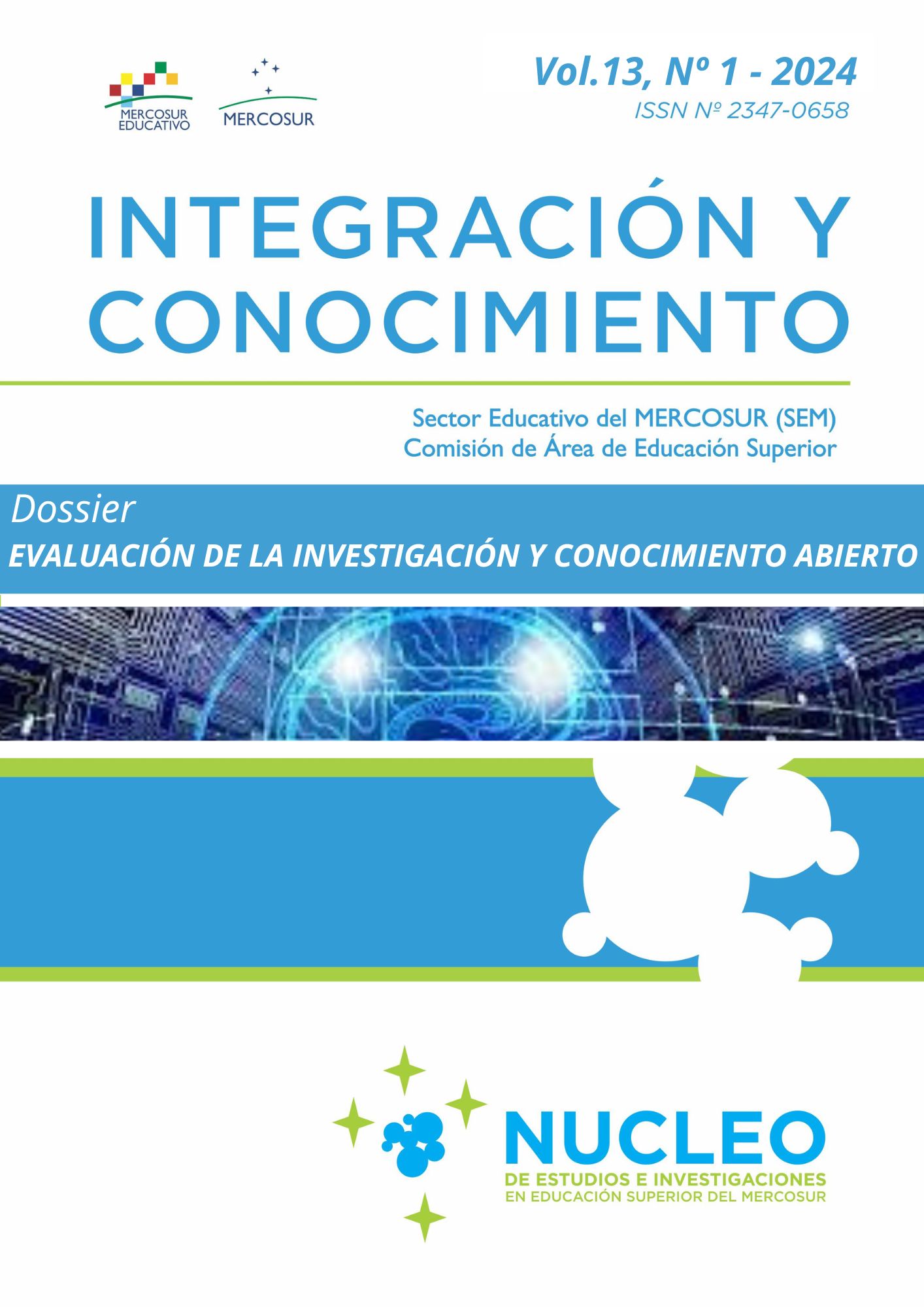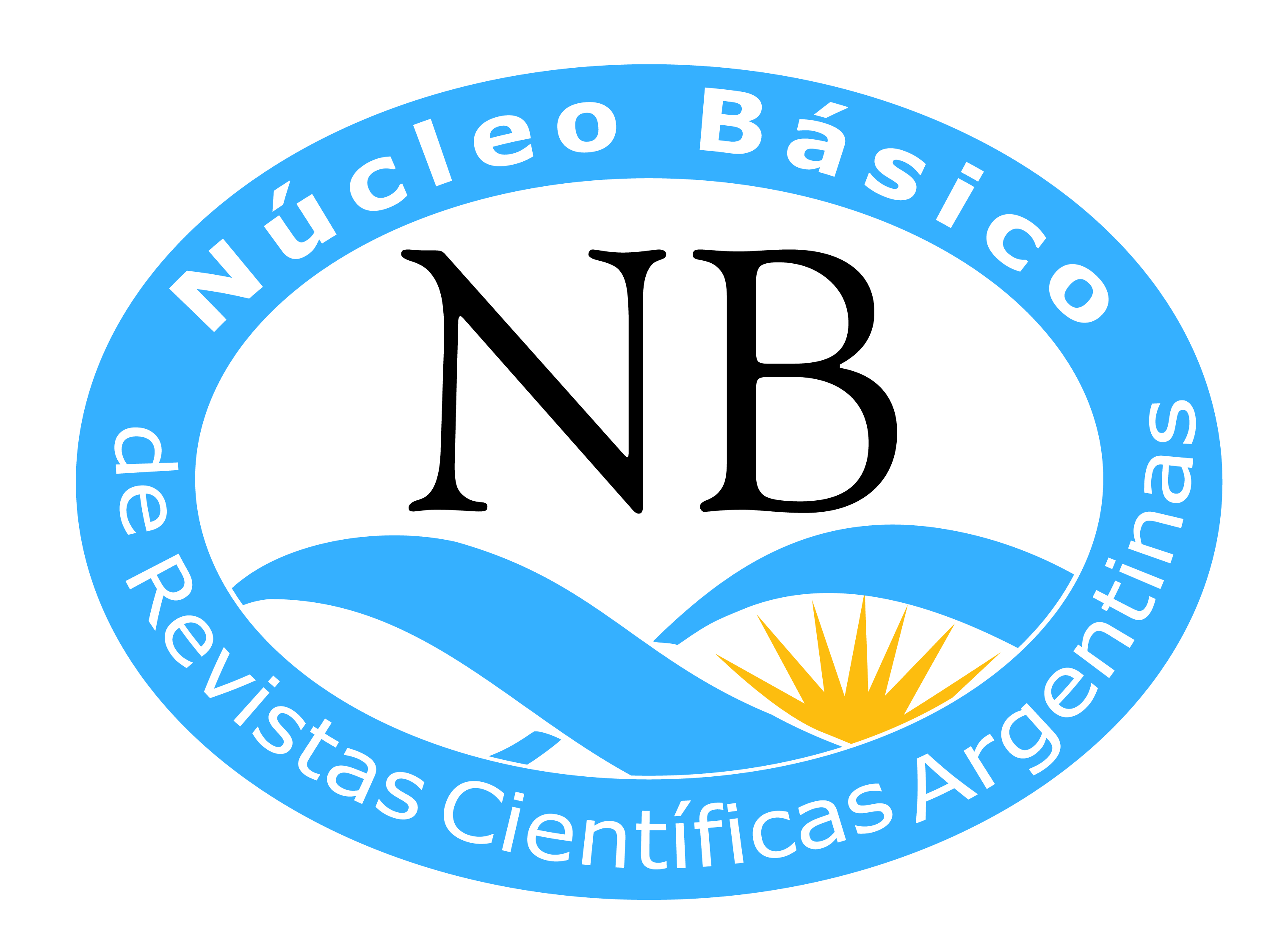Informe del Relevamiento de opinión sobre avances y desafíos en materia de Educación Superior y Pueblos Indígenas y Afrodescendientes en América Latina respecto de las recomendaciones de la CRES 2018
Abstract
El informe recoge las opiniones y propuestas recibidas en respuesta al cuestionario preparado por la Cátedra UNESCO Educación Superior y Pueblos Indígenas y Afrodescendientes en América Latina (Cátedra UNESCO ESIAL) que se difundió vía mail y redes sociales (Facebook y Whatsapp), entre los días 1 de septiembre y 1 de diciembre de 2023. La convocatoria a responderlo fue especialmente dirigida a integrantes de organizaciones de pueblos indígenas y afrodescendientes, y/o de derechos humanos, estudiantes, graduadxs, funcionarixs/no docentes, docentes de universidades y otras Instituciones de Educación Superior (IES) interesadas en el campo de la Educación Superior y Pueblos Indígenas y Afrodescendientes. El cuestionario contenía 7 preguntas acerca los avances y desafíos respecto de las recomendaciones del Eje “Educación superior, diversidad cultural e interculturalidad en América Latina” de la de Declaración Final y de la Carta de las Universidades e Instituciones de Educación Superior de los Pueblos Indígenas de la III Conferencia Regional de Educación Superior (CRES 2018).
Downloads
Downloads
Published
Issue
Section
License
Copyright (c) 2024 Integración y Conocimiento

This work is licensed under a Creative Commons Attribution-NonCommercial-ShareAlike 4.0 International License.
Authors who have publications with this journal accept the following terms:
a. Authors shall retain their copyright and guarantee the journal the right of first publication of their work, which shall simultaneously be subject to the Creative Commons License of Recognition which allows third parties to share the work as long as its author is indicated and its first publication is this journal.
b. Authors may adopt other non-exclusive licensing agreements for the distribution of the published version of the work (e.g., depositing it in an institutional telematic archive or publishing it in a monographic volume) provided that the initial publication in this journal is indicated.
c. Authors are allowed and encouraged to disseminate their work via the Internet (e.g. in institutional telematic archives or on their website) after publication of the article, which may lead to interesting exchanges and increased citations of the published work. (See The Effect of Open Access).



